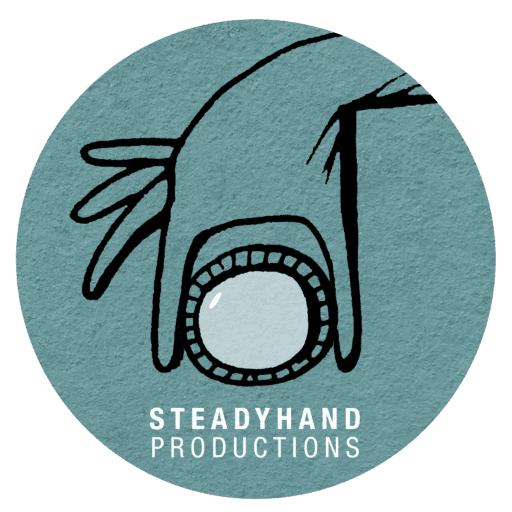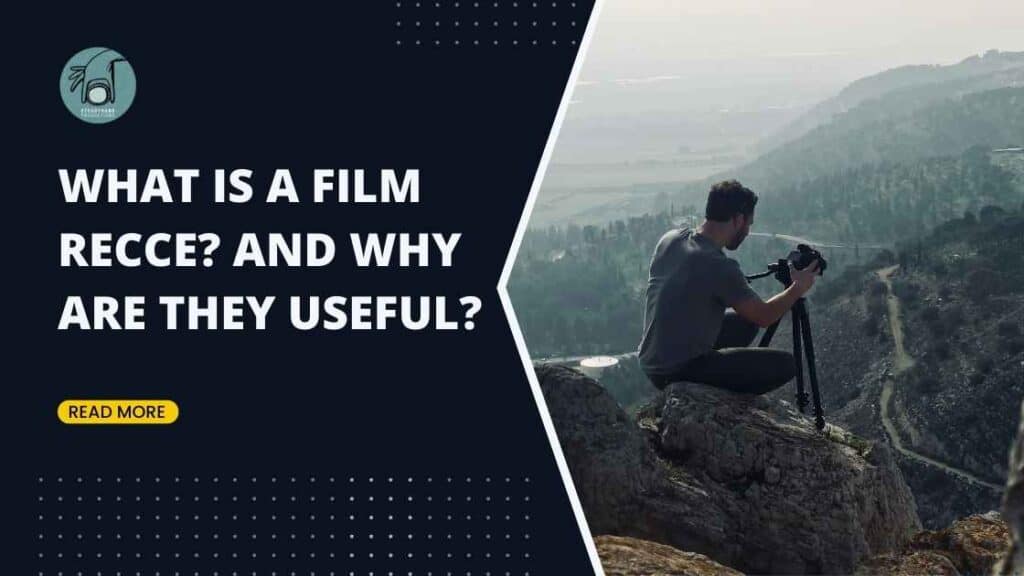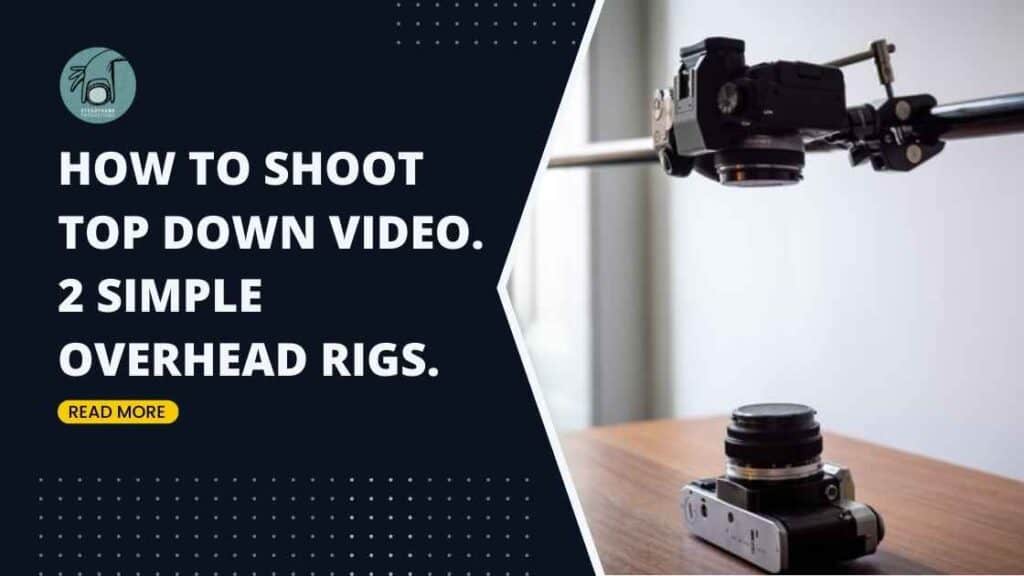You might have heard of RAW footage and assumed it is just the individual clips that a videographer takes.
If this is the case, you might be surprised to discover huge files that you can’t even open right off the computer. And even when you do, you might be horrified to see how lifeless the footage your videographer has captured.
Not to worry, it is deliberate. Raw files haven’t meant to look like the final video; instead, their purpose is to provide the most versatility in editing.
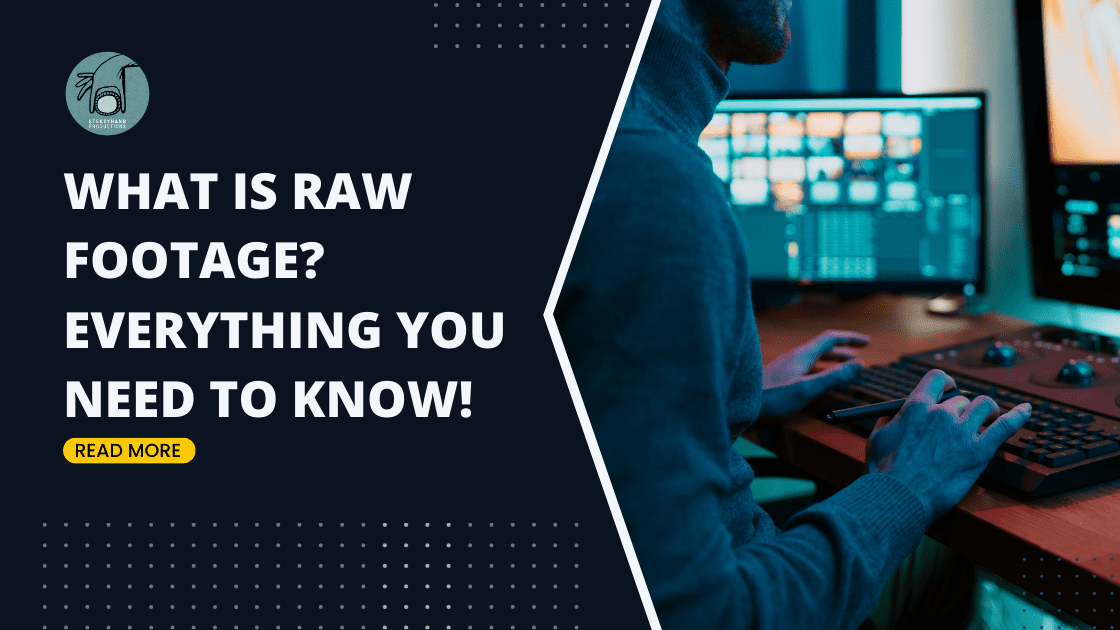
What is raw footage?
RAW footage is the crude unprocessed footage from the camera’s image. It is the data captured before any image processing. Many consumer-grade cameras do some image processing in the camera itself so that the footage is usable immediately.
However, when shooting in a RAW profile, the image must be manipulated in post-production editing software. In its RAW form, it will look desaturated and dull.
The benefit of RAW images and footage is that it retains far more information than images processed within the camera. Raw video contains all the data that hits the camera’s sensor without losing image quality.
RAW offers the videographer complete control over how the images and film look in post-production. This allows you to tweak the image to get the desired look. The editor can alter the exposure, the colour, individual frames and the depth of the pictures. In short, it allows so much more control over the images of the video compared to other formats.
Much like RAW images can be fully manipulated in Photoshop, interpreting raw footage requires a dedicated program to interpret the footage, such as Premiere Pro, Davinci Resolve or Final cut.
Raw footage is also known as raw video or source footage.
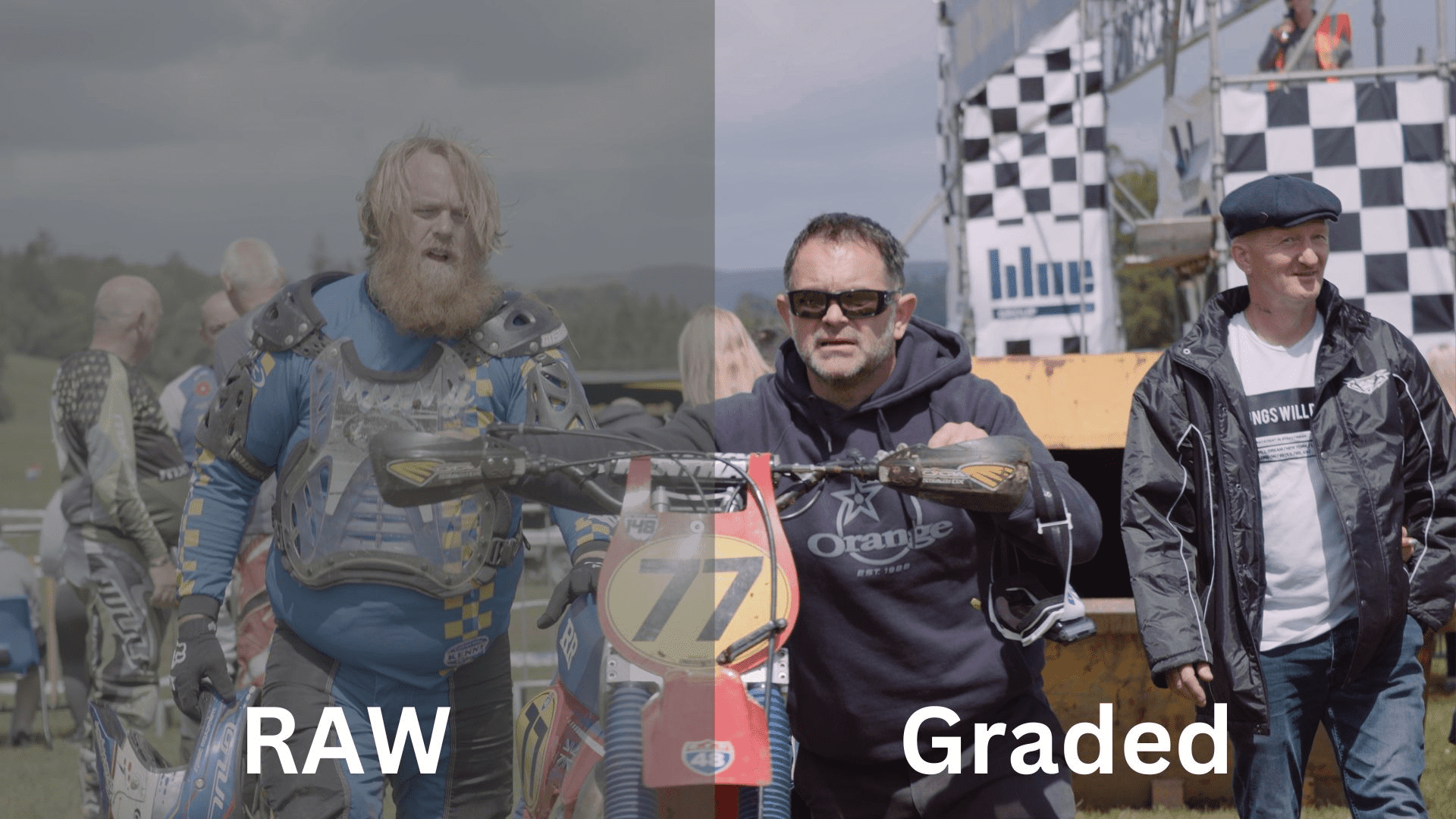
Working With RAW Footage. What you need to know.
File Order
Like every type of footage recorded on a camera, Raw video will be saved as a series of individual clips rather than one continuous video. Each time the videographer starts and stops recording, a new clip is created and stored on the camera’s SD card or internal storage space.
For this reason, it will be very different from the final edited video, and only some clips will be used. The editor will almost certainly cut bits from every clip to only include what is necessary to the story.
The Size
RAW files are inordinately large, especially with high-resolution RAW footage, such as 4K or 6K video clips. A single day of shooting from a single camera will take up hundreds of Gigabytes of space.
Our studio requires dozens of Terabytes of Storage space each month to store the Raw footage we capture. This is often why production companies are reticent to transfer RAW footage. The considerable file sizes mean you must typically post the footage on a hard drive. Instead, most reputable production agencies will have a system in place to store their client’s footage for a minimum of a year, but usually for at least three years.
As a result of the size of the files, not only does it require dedicated professional software to edit them, but it also often requires high-performance, high-spec PCs to edit them.

The Colour
RAW footage typically looks underwhelming as it is very flat and dull. You would not be mistaken for thinking it looked lifeless or lacking colour if you saw it for the first time.
The flat image allows the files to contain more colour information. The RAW footage must then be colour corrected in post-production to bring the colour and footage to life. You can then have a considerable degree of flexibility with the look of the final video. All of the images below were colour corrected from the duplicate source footage.
The Sound
Microphones built into most cameras are not of very high quality. The audio captured by cameras is usually just used as a reference. It is not good enough to be used in a professional production.
This means the audio is usually captured on external devices with external microphones. In most productions, a shotgun mic is placed over the speaker’s head, or a lavalier microphone is attached to the participant’s clothing. This allows the production team to incorporate higher-quality audio in the final video.
The editor then takes this audio and syncs it with the audio captured by the camera’s internal microphone in post-production. The audio from the camera is usually discarded at this point, and the audio recorded separately is mixed by the sound engineer.
If you are dealing with raw footage audio and open the Raw file, you won’t hear the crisp final audio. You will need to listen to that from the recorded file from the external recorder.
How we use RAW Video
Raw footage is an essential part of our production workflow. If we shoot a project for our clients, we will shoot in RAW. We will look after and store the raw footage and the final edited video for at least three years, so you can rest assured that your video will be safe.
We typically don’t send RAW footage to the client, but if you request them, we can send a hard drive in the post with all the files. However, as the hard drives, the shipping and the time to data wrangle all the files are expensive, we charge a small additional fee for this service.
Get in touch to find out more about how we use RAW video and our video production services.
